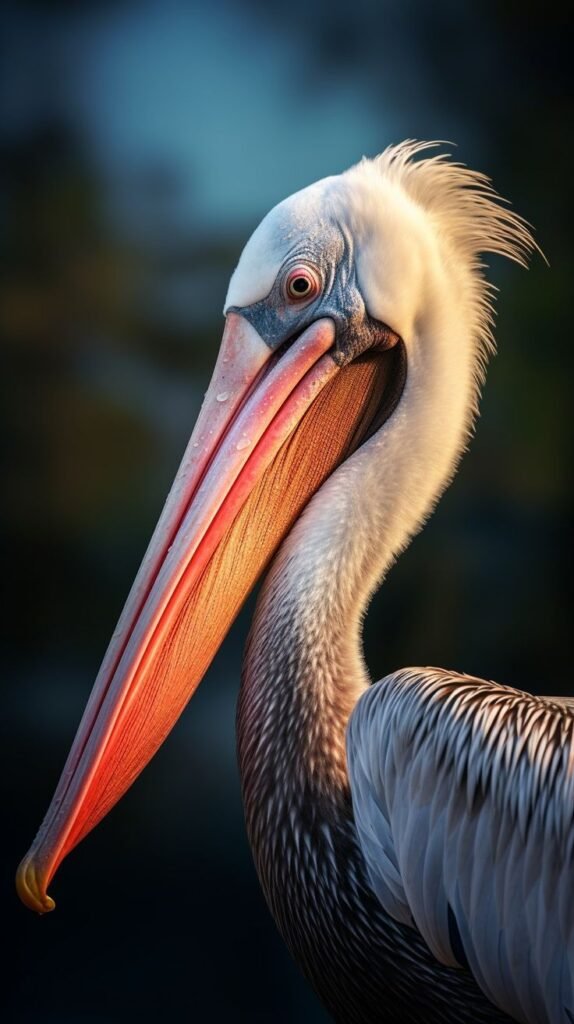Restoring Life to the Oceans: Innovative Coral Planting Techniques for Conservation
The ocean’s coral reefs are often referred to as the “rainforests of the sea,” supporting an incredible diversity of marine life. However, due to climate change, pollution, and overfishing, coral reefs are disappearing at an alarming rate. But in the face of these challenges, scientists and conservationists are fighting back with groundbreaking innovations to restore and protect these essential ecosystems. One of the most exciting approaches is coral planting.
What is Coral Planting?
Coral planting, also known as coral restoration or coral gardening, is a method of rehabilitating damaged reefs by growing corals in nurseries and then transplanting them back into the ocean. This hands-on approach allows conservationists to replenish reefs with healthy corals, which in turn support marine biodiversity.
The Innovation Behind Coral Planting
In recent years, traditional coral planting techniques have evolved thanks to innovative technologies and research. Here are a few of the most promising advancements:
3D-Printed Coral StructuresOne of the most fascinating developments in coral restoration is the use of 3D printing technology. Engineers are designing eco-friendly, biodegradable structures that mimic natural reefs, providing a foundation for coral larvae to attach and grow. These structures not only help corals grow faster but also create safe habitats for fish and other marine organisms.
Coral MicrofragmentationA technique developed by marine biologists, coral microfragmentation involves breaking down larger coral colonies into smaller pieces. These fragments can grow up to 50 times faster than adult corals, significantly speeding up the restoration process. Once the fragments reach a certain size, they are planted back onto damaged reefs where they fuse together, creating new coral colonies.
Coral CryopreservationScientists are working on preserving coral sperm and embryos through cryopreservation, allowing them to store genetic material for future restoration efforts. This technology could prove invaluable in helping to restore reefs after catastrophic events, such as bleaching episodes, by reintroducing genetically diverse corals into the ecosystem.
Robotic Coral PlantersIn some parts of the world, researchers are using robotic technology to help with coral planting. Autonomous underwater robots are being deployed to plant coral fragments on damaged reefs. These robots can work faster than humans and access areas that are difficult for divers to reach, making the restoration process more efficient.
Why Coral Planting Matters
Coral reefs are not only beautiful but also critical to the health of the ocean and the global environment. They protect coastlines from erosion, provide food and income for millions of people, and are home to nearly 25% of all marine species. Without urgent action to restore these reefs, we risk losing not only an iconic part of our natural world but also the resources that millions of people depend on.
How You Can Help
While the innovations in coral planting are remarkable, they can’t succeed without global support. Here’s how you can contribute to coral conservation efforts:
Donate to organizations focused on coral reef restoration.
Reduce your carbon footprint to help combat climate change, a key driver of coral bleaching.
Avoid using harmful chemicals found in some sunscreens that damage coral reefs.
Support sustainable fishing practices and marine protected areas to safeguard the future of our oceans.
Conclusion: A Future for Coral Reefs
Thanks to the innovative minds of scientists and conservationists, there’s hope for the future of coral reefs. By combining cutting-edge technologies with passion and dedication, we can restore these vital ecosystems and ensure that they continue to thrive for generations to come. The ocean needs our help now more than ever, and with the power of innovation, we can rise to the challenge.
Edit Content
- Aviso de Privacidad
- Términos y Condiciones
Edit Content
- Aviso de Privacidad
- Términos y Condiciones
Edit Content
- Aviso de Privacidad
- Términos y Condiciones
Edit Content
- Aviso de Privacidad
- Términos y Condiciones




